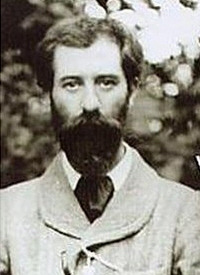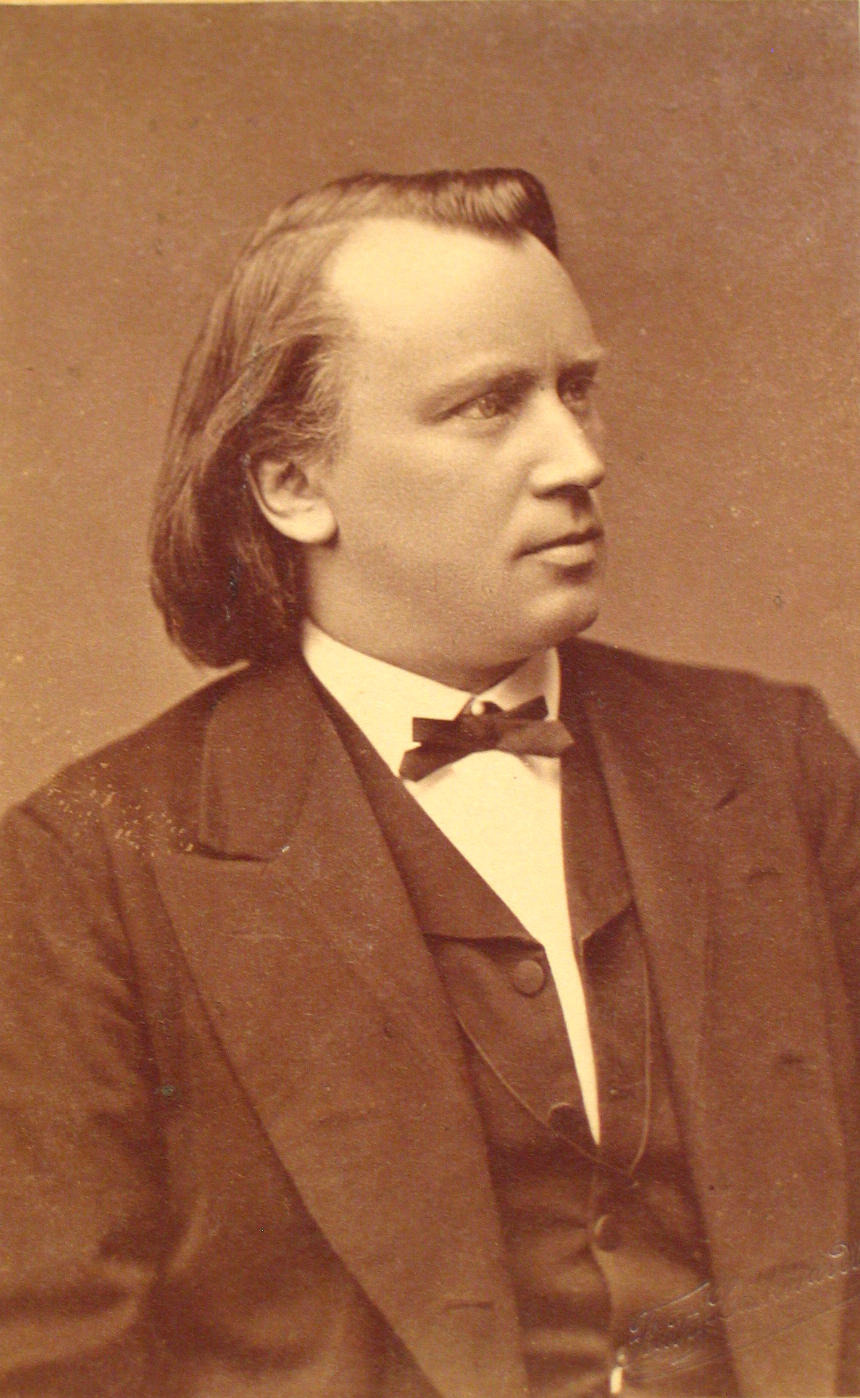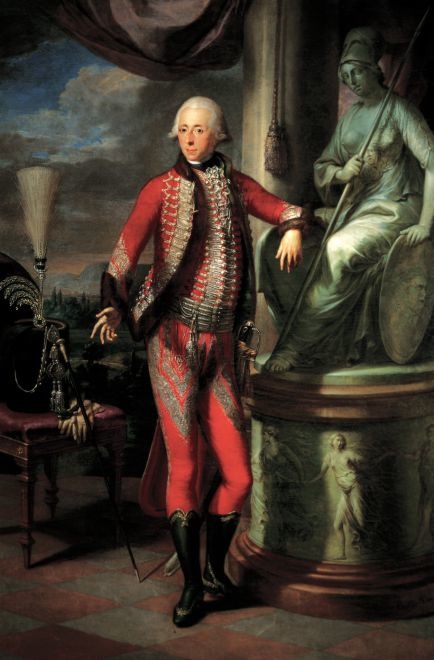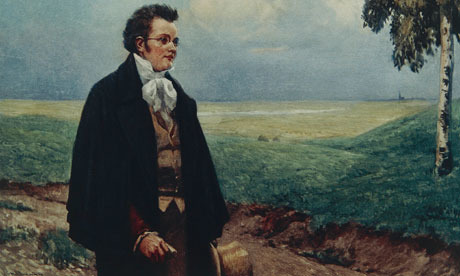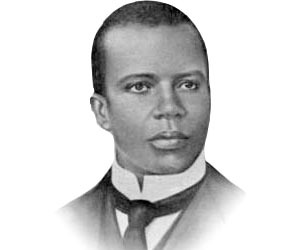
Scott Joplin
Credit: http://www.thefamouspeople.com/
Pauer’s key characteristics for A flat major is that it is “full of feeling, and replete with dreamy expression.”
When we’re looking for music filled with “dreamy expression,” we can’t do any better than to look at Schubert and Chopin.
Schubert’s Piano Sonata No. 5, written in 1817, opens with much feeling and, as we get into the second theme, changes to that dreamy expression that Pauer noted.
Schubert: Piano Sonata No. 5 in A-Flat Major, D. 557: I. Allegro moderator (Gottlieb Wallisch, piano)
For Chopin, we have a wealth of choice, since some 24 of Chopin’s piano pieces are in A flat major: mazurkas, études, preludes, nocturnes, waltzes, and a polonaise and a tarantella.
Chopin: Nocturne No. 10 in A-Flat Major, Op. 32, No. 2 (Idil Biret, piano)
In orchestral music, the use of A flat major was primarily in middle movements of works in C minor – we see this in much of Beethoven’s work. In his piano concerto for 2 pianos, completed in 1824, when Mendelssohn was just 18, we hear the pure talent of his work. It is thought that this work was written to be performed by Felix and his sister Fanny.
Mendelssohn: Concerto in A-Flat Major for Two Pianos and Orchestra: I. Allegro vivace (Love Derwinger, piano; Roland Pontinen, piano; Amsterdam Sinfonietta; Lev Markiz, cond.)
And, for a modern (well, late 19th-century) twist, we can add Scott Joplin’s Maple Leaf Rag as another work in the A flat major repertoire. It’s certainly full of feeling, but not very dreamy!
Joplin: Maple Leaf Rag (Joshua Rifkin, piano)
What pieces do you think should be added here? Keep in mind that the piece should date from before 1876, when Pauer’s book was published. Another guideline might be to note the relatively small list of composers he gave as examples: Haydn, Mozart, Beethoven, Mendelssohn, Schubert Rossini, Weber, and Spohr – all stalwarts of German classicism / romanticism.

